webvr
Latest

Mozilla is helping to make web-based VR available to everyone
Even though virtual reality has been in the mainstream for several years now, it's still not very accessible. It often takes trained engineers to create, release and distribute VR content. That could soon change, however, thanks to a new project called Reach, a VR platform created by Emblematic Group and VR pioneer Nonny de la Peña (whom we've featured on the Engadget Experience stage before). Built on top of WebVR and in partnership with Mozilla, the project was initially announced at Sundance 2019 earlier this year in its alpha stage. Starting today, however, it's finally moving into beta. The end goal: to make web-based VR easier to create and consume.
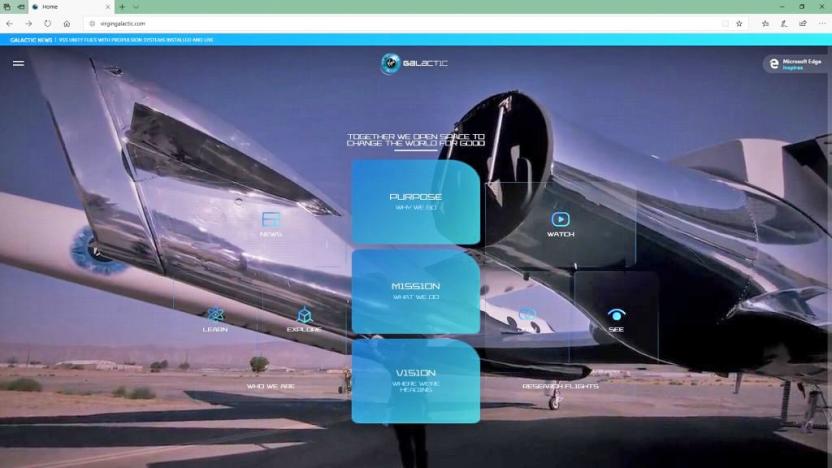
Virgin Galactic’s VR-powered website lets you tour its spaceships
As Virgin Galactic gears up for commercial spaceflights and science research, the company has partnered up with Microsoft and its Edge browser to create a new website that's both mobile-friendly and WebVR optimized. The new site shows off Virgin's efforts to create a new space-based travel industry to good effect.
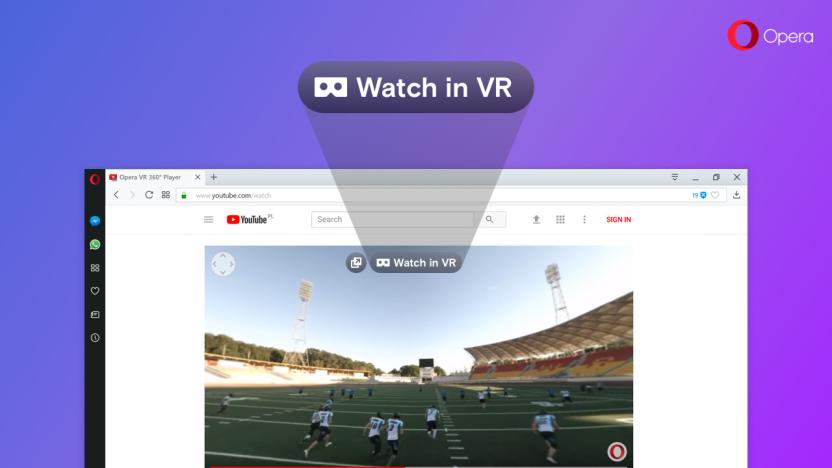
Opera adds a shortcut to push videos straight to VR headsets
While Google's Chrome team has been busy working on VR web browsing, Opera decided to focus on solving one particular pain point: switching online videos between desktop browsers and VR headsets. Today, you can finally get a taste of Opera's solution via its Developer 49 build. Basically, as long as there's a VR headset plugged into your Windows, macOS or Linux PC, this Opera build will show a "Watch in VR" button at the top of any video -- be it a normal clip, a 180-degree video or the full 360 video. Just click the button and the same video will show up on your VR headset right away. It's as simple as that.
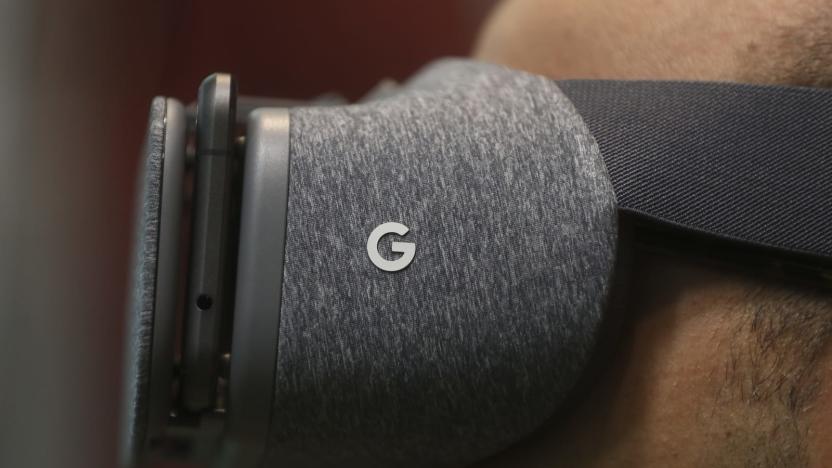
Google Daydream's web-browsing features surface in Chrome
At Google's I/O developer conference in May, the company announced that it was working on a VR version of Chrome that could work in Daydream. Well, Chrome development team member François Beaufort announced on Google+ today that the first set of features are now ready for you to test out.
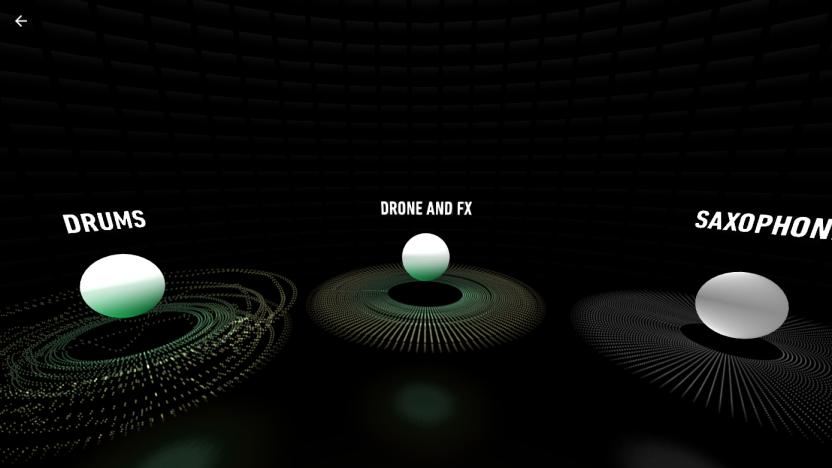
Google’s Inside Music makes anyone a remix artist
Google has teamed up with podcast Song Exploder in order to give users a new way to hear music. The podcast features musicians who tell the story of how their song was made -- taking it apart and going in depth on how the music came about. The song is often broken down into separate tracks so listeners can hear details while the musician provides commentary on their process. With Google's Inside Music, users can now take a song apart themselves and hear each individual piece of it, bit by bit.
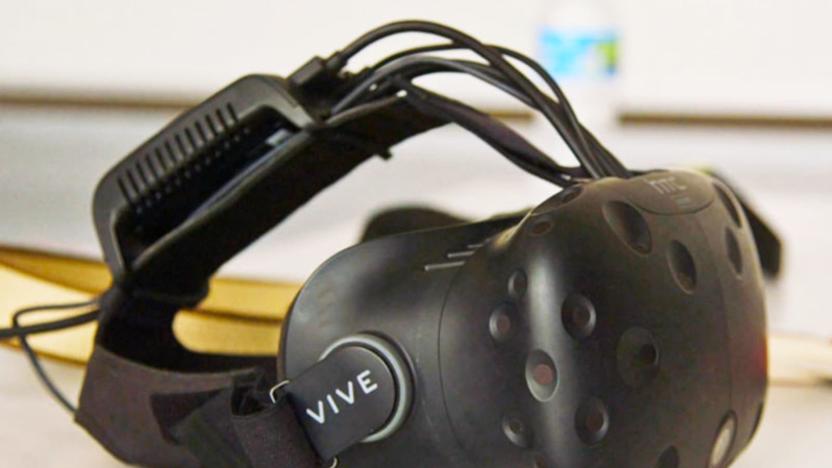
The next version of Firefox will include support for VR
Mozilla has been working on VR for a while now, with support for Oculus Rift in the Firefox nightly builds as far back as 2015. Currently announced at the end of July and set to start rolling out live on August 8th, the latest version of Firefox (55) is set to include WebVR, the technology that puts virtual reality into a web browser. This addition will bring Firefox up to par with both Google Chrome and Microsoft Edge, which added web-based VR support in February and April of this year, respectively.
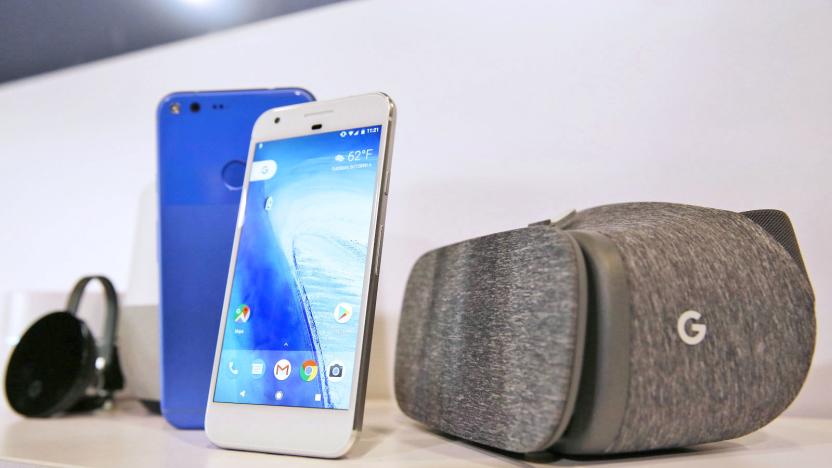
Chrome for Android now includes WebVR API support
Way back in 2014, Google announced it would start supporting virtual reality headsets like Oculus Rift and Google Cardboard natively within Chrome via the WebVR platform. After a few updates and a big commitment to VR at this year's I/O conference, Google is finally ready to open up that WebVR API to developers looking to build immersive experiences into their web apps.

Samsung Gear VR now works with the web's native VR format
Samsung's Gear VR already has a web browser, but it's now ready to browse the virtual reality experiences you find on the web, too. The company has introduced experimental support for WebVR that gives you full immersion when you visit supporting content using the headset. You'll have to enable it yourself, and Samsung is quick to warn that things can break (WebVR isn't a finished standard). Nonetheless, this is a big deal -- it helps justify the Gear VR browser's existence, and might give you one more reason to wear the device.

'Minecraft' creator wants you to go on a kaleidoscopic trip
Markus "Notch" Persson, the creator of Minecraft has something to show you, but you might not be ready for it. Okay, "your browser might not be ready for it" is probably the more accurate statement. The project? A kaleidoscopic "ray marching fractal generator" that'll run in virtual reality on certain browsers, or just plan old 2D on basically everything else. Road to VR linked to the mesmerizing geometry project (dubbed Unmandelboxing) apparently only weighs about 3.5 KB.
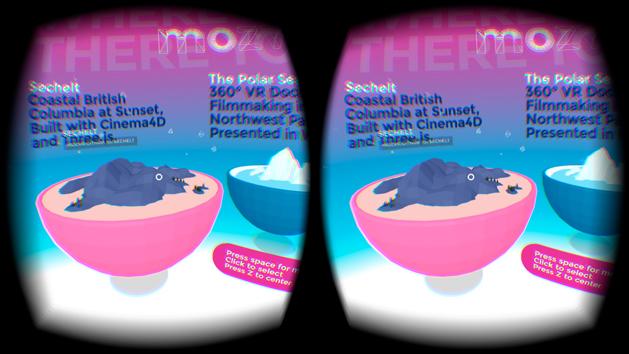
Mozilla's new site brings virtual reality to the web
As you might imagine, most websites aren't designed for virtual reality; bob your head around and you'll only look silly. Mozilla clearly isn't happy with that lack of immersion, as it just launched MozVR.com to foster VR-native sites. The page lets Oculus Rift owners browse technology demos (in a Rift-friendly interface, naturally) that show off what VR can do on the web, such as a flyover of British Columbia or a 360-degree documentary. And if you want to build one of these experiences yourself, you'll get a helping hand -- Mozilla is sharing the code, tools and tutorials for its own front end. It'll probably be a long, long while (if ever) before you're regularly surfing the web with goggles on, but this may get the ball rolling.

Google will let you use Oculus and Cardboard VR headsets inside Chrome
We know how Facebook imagines it'll work in VR, but what about the rest of the internet? Google's Brandon Jones has announced that he's working on a way to add virtual reality support for Oculus Rift and Cardboard into Chrome. It's the second browser to champion WebVR, since the platform has been seeded into experimental builds of Firefox over the last week. Of course, the internet won't be a city you can walk through, but Jones believes that 360-degree product shots and interactive exhibits should be reasonably easy to create and use. It's still a long way away from being ready for consumers to use, but we have to admit -- surfing the 'net would be wayyy radder if it was done in Virtuality. Wait, is this 1994?






